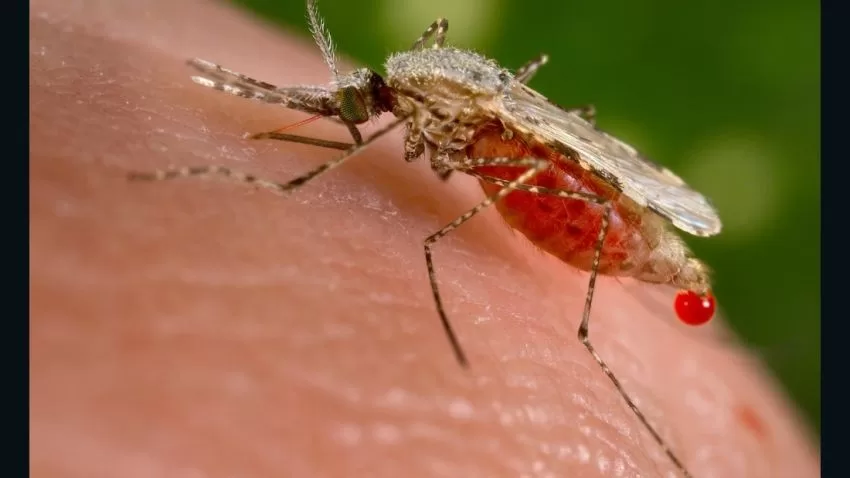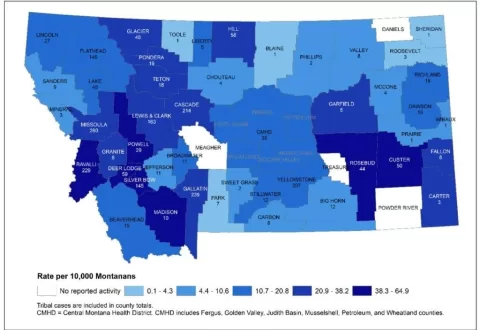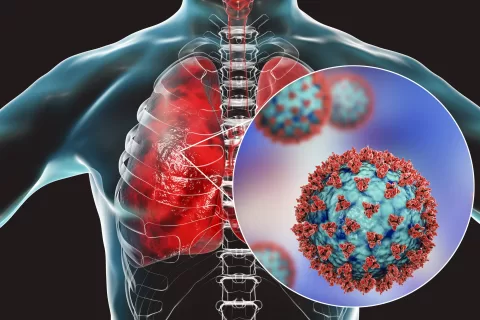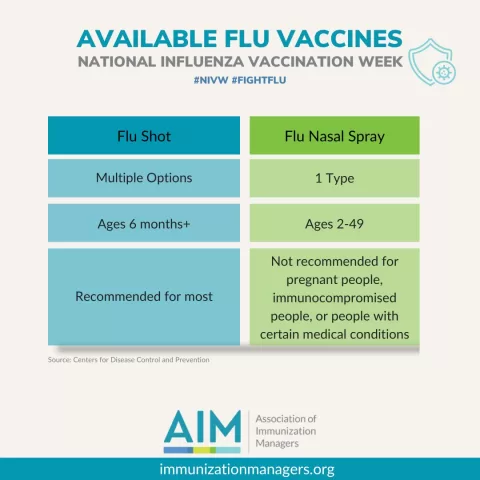Locally acquired malaria is making headlines in the United States, particularly due to a recent case identified in Arkansas. This incident marks the first documented evidence of this mosquito-borne infection in the region in over two decades, highlighting a significant public health concern. The Centers for Disease Control and Prevention (CDC) has noted that the *Anopheles* mosquito species, capable of transmitting malaria, are prevalent across the country. With cases of malaria like that of the Saline County resident, the potential risk of vector-borne diseases in the USA is not to be underestimated. As we delve into the details of this malaria case in Arkansas, it becomes vital to understand how *Plasmodium vivax* and its transmission dynamics could impact future public health responses.
The resurgence of malaria on U.S. soil, particularly through cases acquired locally, raises questions about the implications of vector-transmitted illnesses in the country. In recent developments, health officials reported a notable instance of indigenous malaria in Arkansas, emphasizing the broader context of infectious diseases spread by *Anopheles* mosquitoes. With malaria cases typically associated with international travel, this unexpected occurrence signals a potential shift in how these infections are transmitted domestically. Furthermore, the significant presence of *Plasmodium* species such as *Plasmodium vivax* reminds us of the critical need for vigilance and preparedness against vector-borne illnesses. This article will explore the recent malaria report by the CDC and its implications for public health in the United States.
Understanding Locally Acquired Malaria Cases in the USA
The phenomenon of locally acquired malaria has been a significant health concern as the CDC reported its resurgence for the first time in two decades. In October 2024, a detailed report highlighted a malaria case in Arkansas, shedding light on the challenges posed by vector-borne diseases in the USA. This report revealed a resident of Saline County who exhibited symptoms consistent with malaria despite having no recent travel history, illustrating how the *Anopheles* mosquitoes can transmit malaria parasites locally among populations.
This particular case in Arkansas is indicative of a growing pattern whereby native mosquitoes can infect individuals who have not traveled outside the country. Recent CDC findings noted that while travel-related malaria cases have been on the rise, the potential for local transmission emphasizes the importance of awareness and vigilance against these diseases. Preventing such outbreaks requires robust public health interventions to mitigate risks associated with vector-borne diseases.
The Role of Anopheles Mosquitoes in Malaria Transmission
*Anopheles* mosquitoes play a pivotal role in the transmission of malaria, acting as the primary vectors for the *Plasmodium* parasites. These mosquitoes thrive in various environments across the United States, making malaria transmission more feasible, particularly in areas with warmer climates and standing water. The resurgence of locally acquired malaria cases, such as the one reported in Arkansas, raises alarms about the need to control these vector populations effectively.
The Centers for Disease Control and Prevention (CDC) emphasizes the importance of monitoring mosquito populations as a crucial component in preventing malaria outbreaks. Strategies such as reducing standing water, utilizing insect repellents, and employing mosquito traps can significantly diminish the chances of malaria transmission. The report from October 2024 clearly calls for a renewed focus on vector-borne diseases as they pose a continued threat to public health.
Key Malaria Strains: Plasmodium vivax and Plasmodium ovale
Among the various strains of malaria, *Plasmodium vivax* and *Plasmodium ovale* are notable for their unique characteristics and transmission patterns. These strains were confirmed in the recent Arkansas malaria case, highlighting their presence and the potential for localized outbreaks. Both strains can lie dormant in the liver for extended periods, complicating diagnosis and treatment, as symptoms may not appear until weeks or months after infection.
The identification of these specific strains in Arkansas underscores the need for comprehensive screening and treatment protocols. Health authorities must educate communities about the symptoms associated with these malaria strains to enable early detection and prompt treatment. With the alarming increase in vector-borne diseases, continued research and awareness of strains like *Plasmodium vivax* and *Plasmodium ovale* are essential for effective public health responses.
Preventing Malaria: Strategies for Public Health Awareness
As malaria resurfaces in the U.S., particularly with cases such as the one reported in Arkansas, public health awareness and education become paramount. The CDC suggests incorporating information about the risks of malaria and preventative measures into community health programs. This includes educating the public about the life cycle of *Anopheles* mosquitoes, how to recognize malaria symptoms, and the importance of seeking medical attention promptly.
Additionally, community outreach initiatives can play a vital role in disseminating information regarding effective prevention strategies. From using insect repellents to understanding the significance of mosquito control, such programs can significantly reduce the risk of malaria transmission. Understanding that locally acquired malaria is still a threat emphasizes the need for proactive educational campaigns in vulnerable communities.
The Impact of Climate Change on Malaria Spread
Climate change significantly influences the epidemiology of malaria and other vector-borne diseases in the USA. Warmer temperatures can expand the habitat for *Anopheles* mosquitoes, leading to an increased risk of locally acquired malaria cases, particularly in previously unaffected regions. The case in Arkansas serves as a reminder that changing climatic conditions create new challenges in malaria management and prevention strategies.
Public health officials must consider climate trends when developing policies and respond to evolving malaria risks effectively. Investing in research to understand the interaction between climate and vector-borne diseases is crucial for future preparedness. More insights will help create targeted strategies to combat potential outbreaks arising from changes due to global warming.
Analyzing Historical Trends in Malaria Cases in the USA
Understanding the historical context of malaria in the United States provides vital perspectives on its resurgence. The last two decades witnessed a steady increase in travel-related malaria cases, culminating in the recent locally acquired malaria case in Arkansas. This marks a critical point in analyzing how shifts in travel patterns, public health policies, and mosquito ecology contribute to the changing landscape of malaria in the country.
National and local health agencies must analyze historical trends to inform current strategies and enhance their response to malaria cases. Continuous evaluation of past outbreaks, such as those reported in Florida and Texas, can offer insights into effective intervention practices. This data-driven approach enables the implementation of targeted measures to combat the resurgence of malaria, ensuring better health outcomes.
Addressing Health Risks of Vector-Borne Diseases
The resurgence of locally acquired malaria cases highlights an essential aspect of public health: addressing the risks associated with vector-borne diseases. Historically, the U.S. has successfully managed malaria, but recent cases like those in Arkansas reveal that complacency can lead to a resurgence in infections. Vector control programs must be robust and adaptable, utilizing surveillance data and local mosquito population dynamics.
Moreover, addressing these health risks involves cross-sector collaboration among public health officials, environmental agencies, and community organizations. By fostering relationships among these entities, communities can implement preventive measures and respond effectively to emerging threats posed by vector-borne diseases. Such a proactive stance is essential to shield populations from the potential impact of malaria and similar diseases.
Community Responses to Malaria Resurgence
Community engagement plays a significant role in responding to the resurgence of malaria, particularly in areas like Arkansas. Residents must be informed about the risks posed by locally acquired malaria and how to mitigate these risks effectively. Educational initiatives can empower communities to take actionable steps, such as reducing mosquito breeding sites and increasing awareness about symptoms of malaria.
Additionally, fostering local partnerships with health departments can facilitate efficient communication and resource sharing. Programs that mobilize community action not only raise awareness but also enhance public participation in malaria prevention efforts. When communities unite against vector-borne diseases, they collectively strengthen their defense against potential outbreaks of malaria.
The Importance of Monitoring Malaria Trends with the CDC
Ongoing surveillance and monitoring of malaria trends are vital components of effective public health strategy in the U.S. The CDC plays an essential role in tracking malaria cases, including travel-related cases and emerging locally acquired instances. Such monitoring allows for timely public health responses and targeted interventions, which are crucial in preventing the spread of malaria and other vector-borne diseases.
In light of the recent report on malaria cases in Arkansas, the CDC’s role in maintaining updated records and disseminating findings to healthcare providers becomes even more critical. Awareness of the dynamics of malaria transmission can help healthcare professionals recognize cases early, leading to better management and containment. Investing in surveillance capabilities ensures that as changes in malaria transmission patterns occur, appropriate responses can be implemented rapidly.
Frequently Asked Questions
What is locally acquired malaria and why is it a concern in places like Arkansas?
Locally acquired malaria refers to malaria cases transmitted by local mosquito populations, specifically *Anopheles mosquitoes*, rather than through international travel. The concern in Arkansas arose when the state reported its first instance of locally acquired malaria in over two decades, indicating a potential resurgence of vector-borne diseases in the United States.
How did the locally acquired malaria case in Arkansas occur without recent travel history?
The locally acquired malaria case reported in Arkansas in September 2023 occurred in a resident who had no recent travel history. This raises concerns about local transmission, as *Anopheles mosquitoes* can carry the *Plasmodium vivax* parasites from travelers and infect people who have not traveled.
What is the role of the CDC in reporting malaria cases in the USA?
The Centers for Disease Control and Prevention (CDC) plays a crucial role in tracking and reporting malaria cases in the USA. Their reports, such as the one detailing the recent locally acquired malaria case in Arkansas, provide vital information on the spread of *Plasmodium* infections and highlight trends in malaria, including travel-related and indigenous cases.
What types of *Plasmodium* parasites are associated with locally acquired malaria cases in the USA?
The two types of *Plasmodium* parasites most commonly associated with locally acquired malaria in the USA are *Plasmodium vivax* and *Plasmodium ovale*. The recent case in Arkansas involved one of these parasites, which was confirmed through laboratory examinations.
What preventative measures can be taken to combat vector-borne diseases like malaria in the USA?
To combat locally acquired malaria and other vector-borne diseases in the USA, it is essential to engage in preventive measures such as mosquito control programs, public awareness campaigns about *Anopheles mosquitoes*, and early detection of malaria cases to minimize the risk of transmission.
What was the significance of the malaria case report in Arkansas in the context of US public health?
The malaria case report in Arkansas signifies a critical point in US public health, marking the first locally acquired malaria instance in 20 years. It underscores the importance of vigilance and readiness in addressing vector-borne diseases and potential health risks related to local mosquito populations.
| Key Point | Details |
|---|---|
| Locally acquired malaria cases | For the first time in 20 years, a case of locally acquired malaria was reported in Arkansas. |
| Timeframe | The reported case occurred in September 2023. |
| Patient details | The patient had no travel history or exposure to bloodborne pathogens. |
| Malaria type | Confirmed presence of Plasmodium vivax/Plasmodium ovale gametocytes. |
| Current situation | As of September 2024, no additional cases of locally acquired malaria have been identified in Arkansas. |
| Vector-borne disease preparedness | The resurgence of locally acquired malaria highlights the need for better preparedness and response efforts. |
Summary
Locally acquired malaria has surfaced in the United States, marking a significant public health concern as seen in the recent case reported in Arkansas. The detection of this case emphasizes the importance of monitoring and preparedness for malaria as a vector-borne disease, despite the overall low risk of such cases in the country. Efforts must be intensified to address potential outbreaks and maintain public health safety.
The content provided on this blog (e.g., symptom descriptions, health tips, or general advice) is for informational purposes only and is not a substitute for professional medical advice, diagnosis, or treatment. Always seek the guidance of your physician or other qualified healthcare provider with any questions you may have regarding a medical condition. Never disregard professional medical advice or delay seeking it because of something you have read on this website. If you believe you may have a medical emergency, call your doctor or emergency services immediately. Reliance on any information provided by this blog is solely at your own risk.








